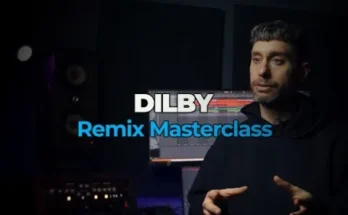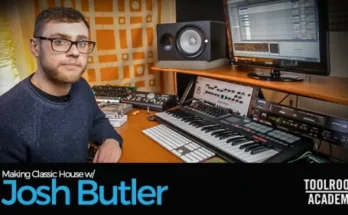“It is not the particular frequency or timbre which gives the desired effect, but the harmony.”
How it Works
- Part 3 is dedicated to writing chord progressions from the ground up.
- The goal is freedom, ease, and understanding while composing diatonic harmony in major and minor keys.
- The method is a series of lessons and specific exercises:
- Each lesson is highly detailed and easy to understand.
- The exercises immediately utilize the new information, ensuring that nothing remains theoretical—you will know exactly how to use everything in your own compositions.
- There will be no sight-reading, no exams, no quick-fixes, and no diploma to hang on your wall. There will be deep listening, compositional challenges, personal reflection, and many hours of effective practice.
Is this a music theory course?
Definitely! However, it is theory in service of composition.
What type of composition?
The type most natural to you, whatever that may be. Musical Warp Drive deals with universal music principles rather than genre-specific details. These insights and ideas apply as much to dubstep as they do to country.
What to Expect
Part 3 of the Warp Drive series will provide you all the knowledge and experience needed to begin writing beautiful chords and progressions.
The course is separated into several sections:
The Basics
This section deals with the standard triadic chords found in major and minor keys, as well as how to begin composing with them effectively. A lot of important terminology is clearly defined and specific exercises are given to make sure everything is fully understood.
Working with Melody
Since the most common use of harmony is to provide context and support for a melody, it’s important to understand the relationship between the two early on. You will learn to write melodies for chord progressions and, conversely, write chords for an existing melody. Additionally, the basics of functional harmony are shown and applied to harmonizing melodies.
Other Triads
Here we begin investigating chord types beyond major and minor. Suspended, augmented, and diminished chords are examined and demonstrated. Both the theory and practical application of each chord quality are shown in detail.
Sevenths and Sixths
An in-depth look at the most important four-note chord types. This section opens the door into a whole new world of emotion and harmonic flavor. A deep understanding of these sounds lays the foundation for further exploration during the rest of the course.
Extended Chords
Ninths, elevenths, and thirteenths! A detailed look into chords with five or more notes. The information here will demystify exactly how and when to use these structures in a variety of different contexts.
Putting It All Together
Some final exercises that combine everything at once, along with a demonstration and advice for the road ahead.
The Musical Warp Drive series
- Part 1: Fundamentals, Mind & Ear
- Part 2: Melody, Scales & Modes
- Part 3: Diatonic Harmony
Important
This course on harmony is Part 3 of the Musical Warp Drive series. The first two parts are not required but recommended. Please read the following list and make sure you understand these concepts as they will not be explained in-depth during this particular course:
- Note names and the chromatic scale
- Keyboard/piano layout
- Intervals (major third, perfect fifth, minor seventh, etc.)
- What it means to be in a key
5. Simple chords and how to build them (major and minor) - Simple scales and how to build them (major and minor)
- Number system basics (naming chord progressions using numbers: I-IV-ii-V)
- Rhythm basics (note lengths, time signature, etc.)
If any of this confuses you, I highly recommend at least going through Part 1 of Musical Warp Drive first. All of this (and much more) is thoroughly explained in that course. You can find Part 1 here on Udemy. This course, Part 3, build upon and expands these basic concepts.

- Download [Udemy.com / Max Konyi] Music Theory – Chord Progressions & Harmony for Composition [2022, ENG]
- Original Publisher: Udemy
- Category: Video lesson
- License type: Full
- Download Size: 1.96 GB





Thanks a lot
thx so much